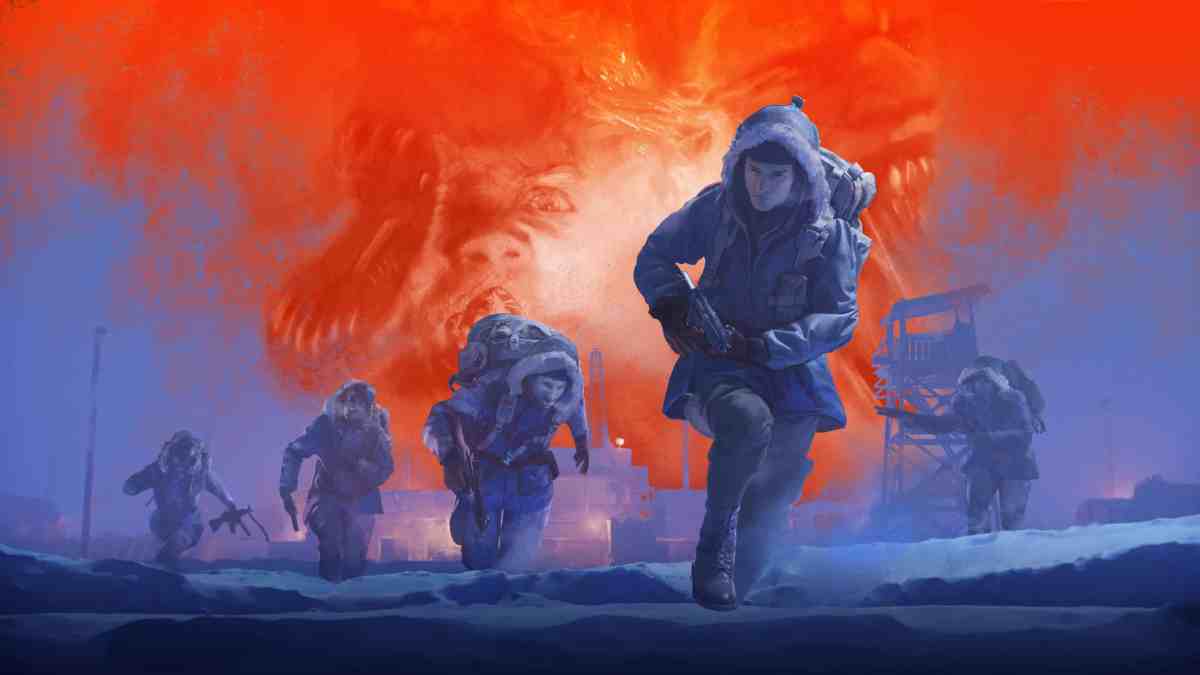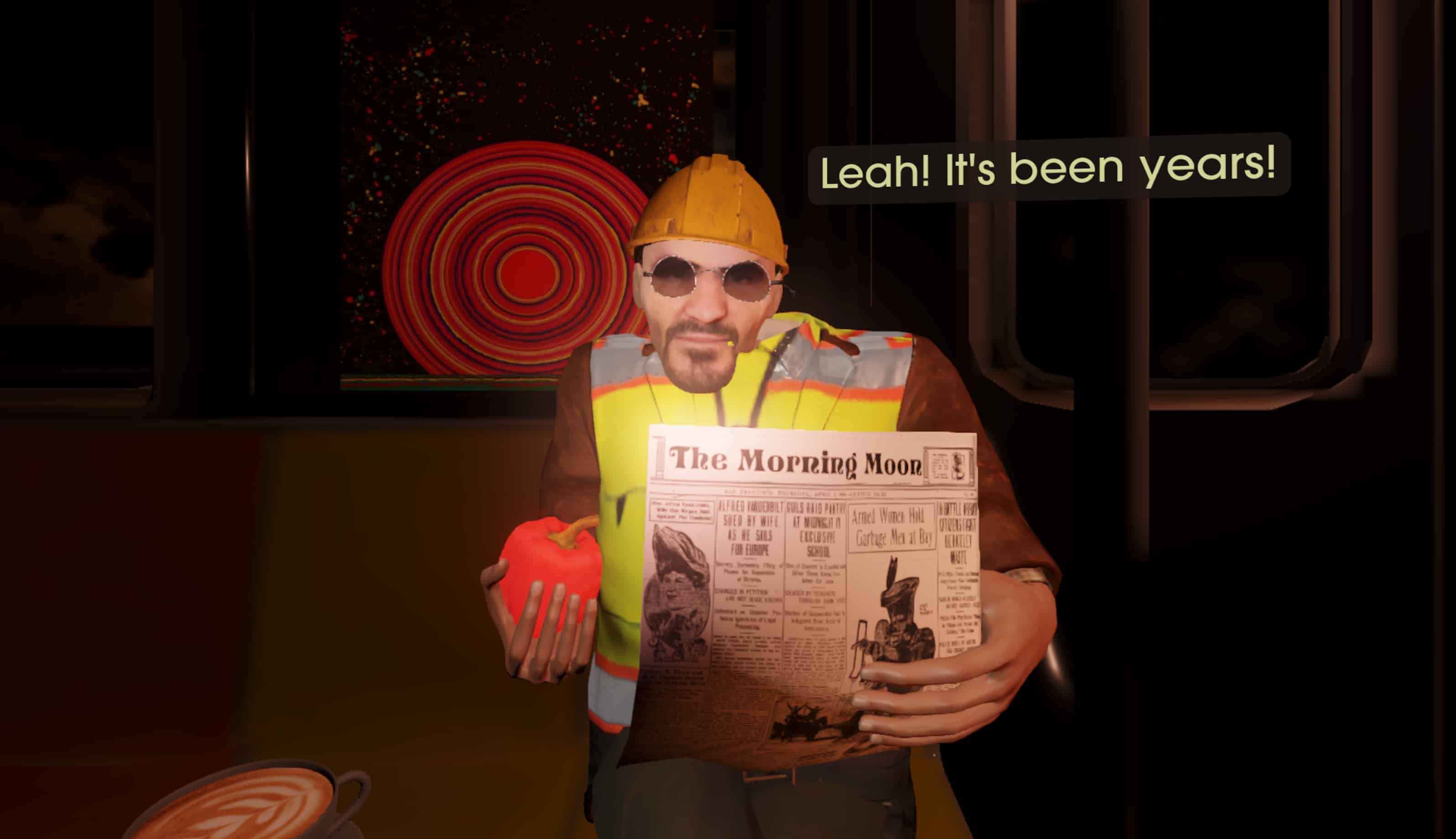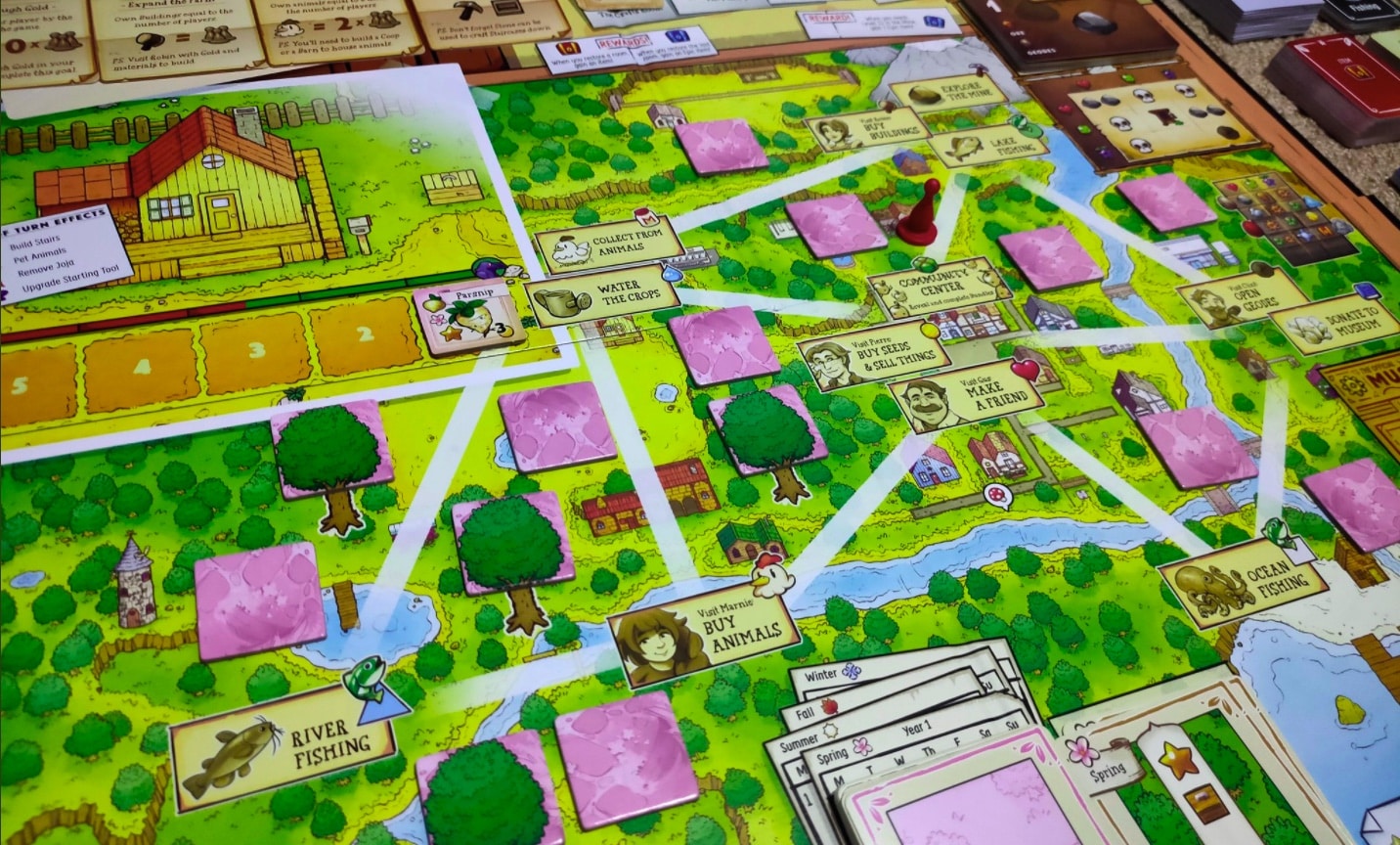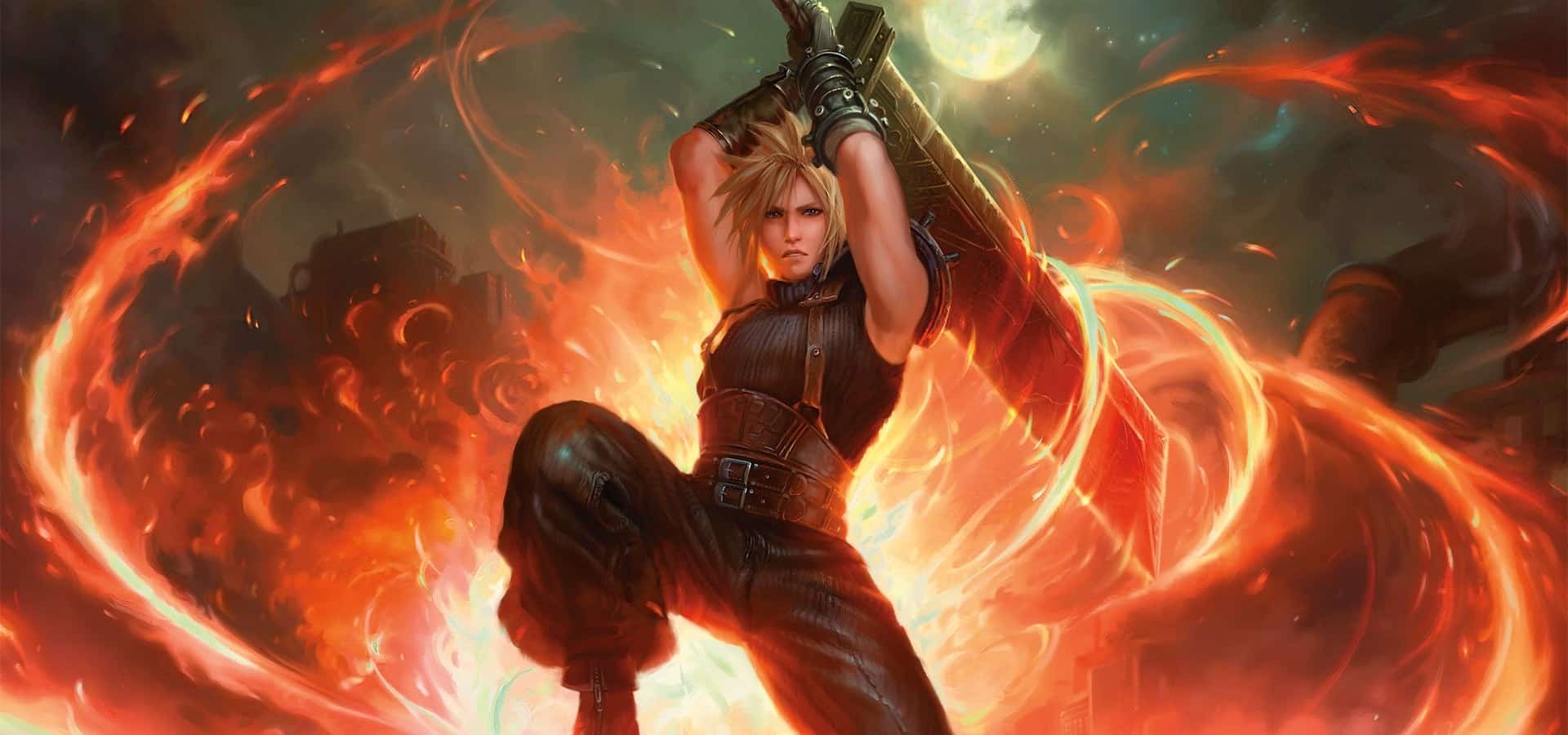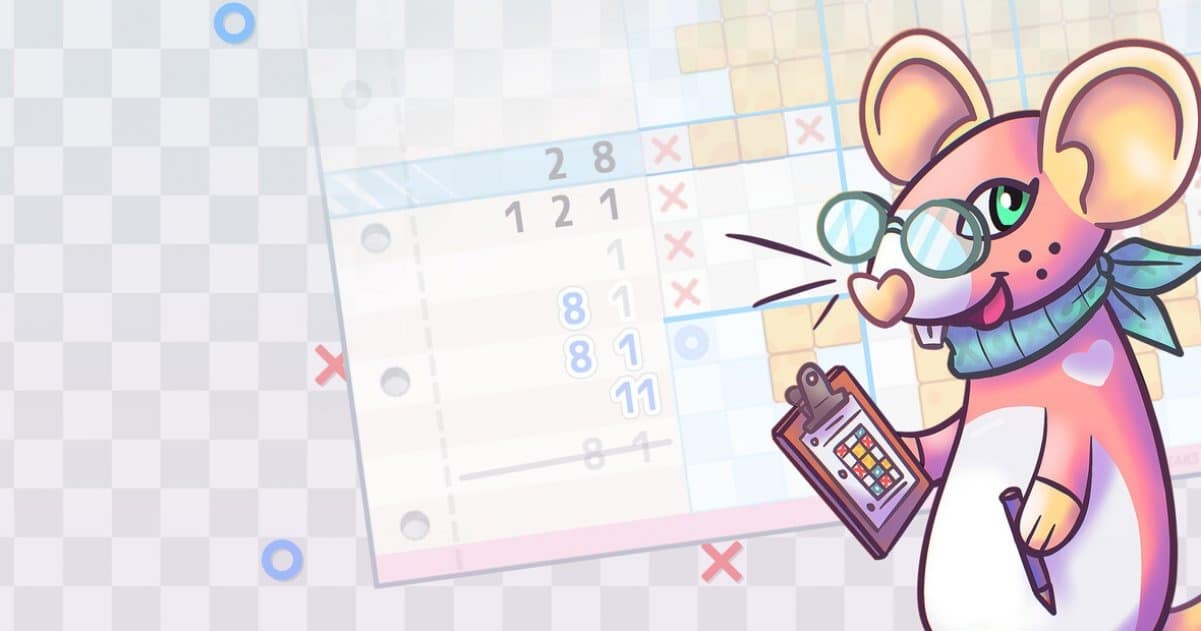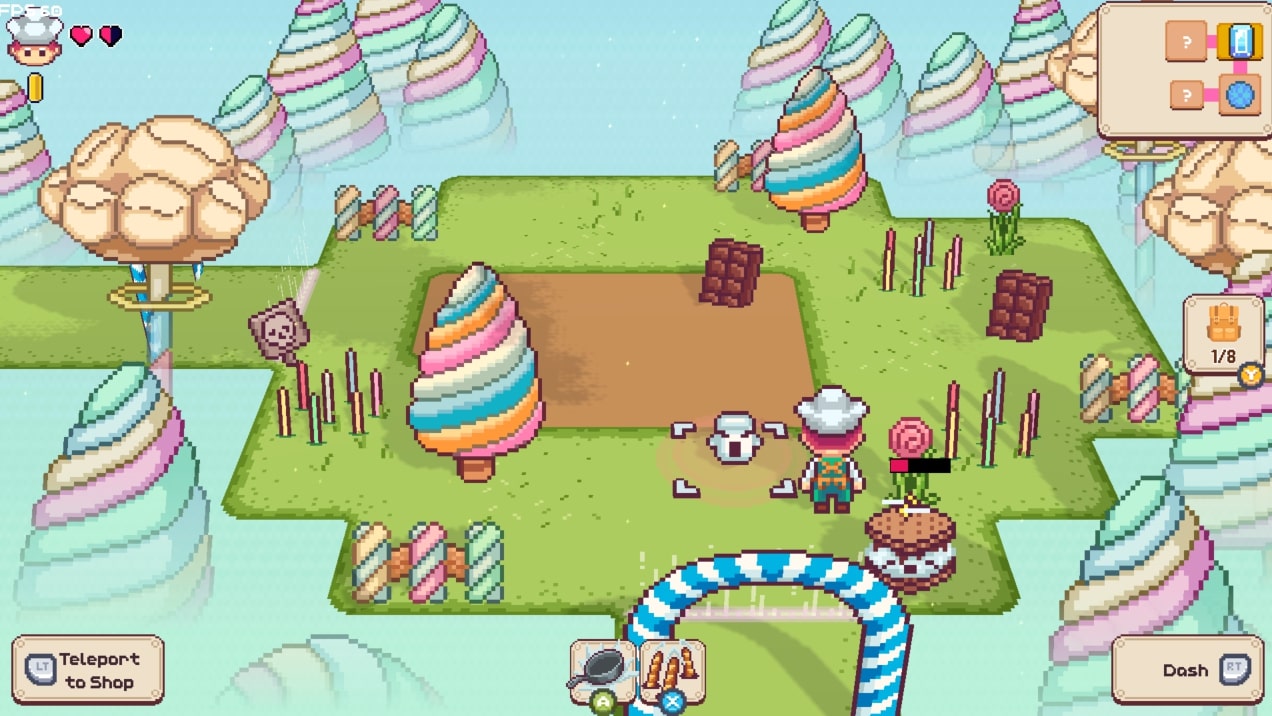Video game history is slowly slipping through our fingers. As years pass and technology advances, we are increasingly leaving behind the legacy on which the industry is built. It’s estimated that around 87% of classic video games are missing – they exist in no public collection, in preserved form, and they’re now critically endangered.
For years, the value of video games has been discounted or misunderstood. While more traditional forms of storytelling – artworks, films, television, and radio – have been vaulted and preserved with an understanding of their transmission of culture and talent, video games are still undervalued. Never mind that they reflect culture, talent, and technologies of their eras, or that they are products typically born of human creativity, innovation, and occasionally, stubbornness.
Organisations like The Video Game History Foundation, The Strong National Museum of Play, The National Film and Sound Archive of Australia, the Powerhouse, and the BFI National Archive have begun a process of global game preservation, but there is still much work to do. That requires ample co-operation with large studios, and something far more pertinent: major changes to the way video games are made and preserved now.
Read: New study reveals 87% of classic video games are missing
According to Larry Kuperman, Nightdive Studios‘ Director of Business Management, many modern studios are, at the very least, now moving forward with a better understanding of the value of video games to history, and to their fans. The change has only been recent, but it should make game preservation simpler in future.
“[It is] changing, and it’s going to make things easier,” Kuperman told GamesHub. “We are more aware today that there is going to be a cycle with any games that we make. Any game that you make today, there is a non-zero chance that in four-five years, someone will be urgently asking you for the source code for it. Where are the art assets?”
Read: The Australian-made video games you’ll never play
Kuperman believes this core shift is down to something simple: “When [studios] realised there was money to be made, rather than costs inherent in game preservation, that changed the dynamic. You’re now backing up [the latest] Final Fantasy because you’re going to be remastering it in five years.”
The shift is happening now, as we speak – but its recency has left decades of game history unaccounted for. That’s where Nightdive Studios, and fellow retro re-release focussed-studio Ziggurat, are aiming to make a major difference.
Why preserving video games is so important
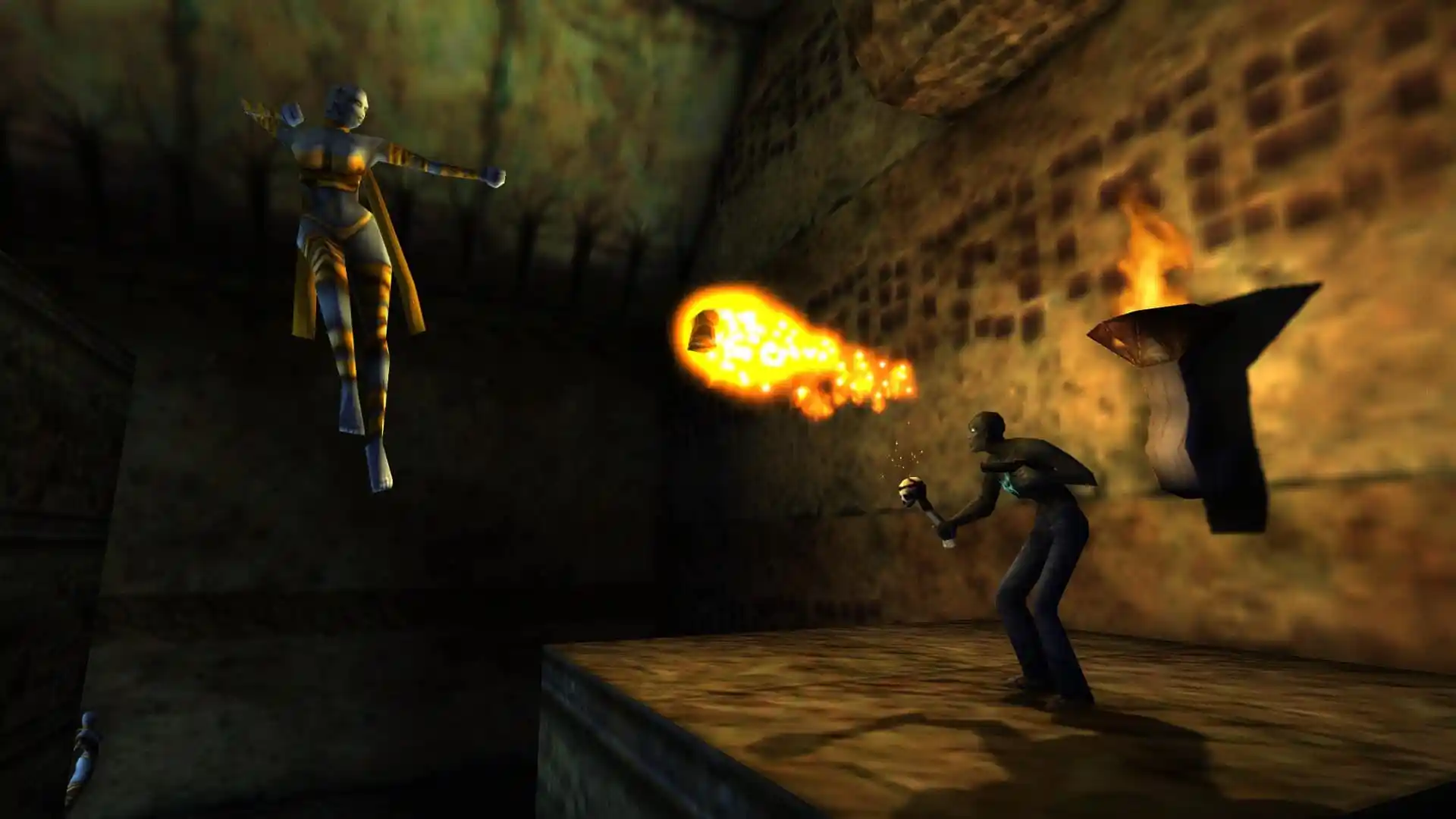
Nightdive Studios and Ziggurat both share a core mission statement – they aim to preserve older, classic video games by refreshing and re-releasing them for modern audiences.
Nightdive Studios worked on the recent re-releases for Doom and Doom 2, and have previously remastered games including Turok, Quake, System Shock, Shadow Man, and Star Wars: Dark Forces. It’s currently working on remasters for The Thing and Killing Time.
Ziggurat has remastered and re-released A Boy and His Blob, American Hero, Altered Destiny, and titles from the BloodRayne franchise. It has also worked alongside Nightdive on a range of other properties.
In resurrecting these games, both companies aim to preserve the classics – both personal favourites and underappreciated gems – with a view to introduce them to newer audiences. The commercial reality of re-releasing beloved games is another motivator, but speaking to GamesHub, Kuperman was transparent about this fact. It’s not secret that companies – especially game companies – must make money to survive, but the lucrative nature of preserving games as Nightdive Studios and Ziggurat do, doesn’t take away from the passion and motivations that drive each team.
“I’ve been playing older games for as long as I can remember, just fiddling with getting older games to play on my PC when I was younger,” Alex Lotz, Managing Producer at Ziggurat explained of his career pathway. “It kind of feels weirdly prophetic to what I ended up doing for my career.”
“[For] so many games, the technology that you need to play it, that ages, or becomes harder to access. That in turn makes the game harder to access … [But games] are part of culture. It’s part of our individual and shared memories … [They’re] things that people want to be able to share with their friends and with their children.”
Lotz firmly believes that games are an intrinsic part of the time in which they’re created, and they’re worth studying and worth experiencing, both as “reflecting back on how we came to where we are, as a specific or community or nation” but also as documents of evolving game design.
Preserved games can reflect emerging and innovative technologies, or ideas that have been lost to time. While nostalgia can also be a motivator in the quest to preserve games, Lotz believes it’s the historical aspect of video games which are most pertinent to study.
Seth Groom, an emerging developer at Nightdive Studios, expressed a similar belief. Groom is currently working on the remaster of Killing Time, a classic horror developed by Studio 3DO in 1996, and has found aspects of its game design and hidden details fascinating and educational for his own development practices. Working on the game has also instilled a sense of duty for game preservation.
“I grew up with [my father] being heavy into computers. By the time of age eight, nine, I was already programming, and it’s been my entire life,” Groom explained. “When it comes to preservation … I realised actually, [while working on Killing Time] it’s more like a duty – to make sure that these games really do stand up and compare to their older selves.”
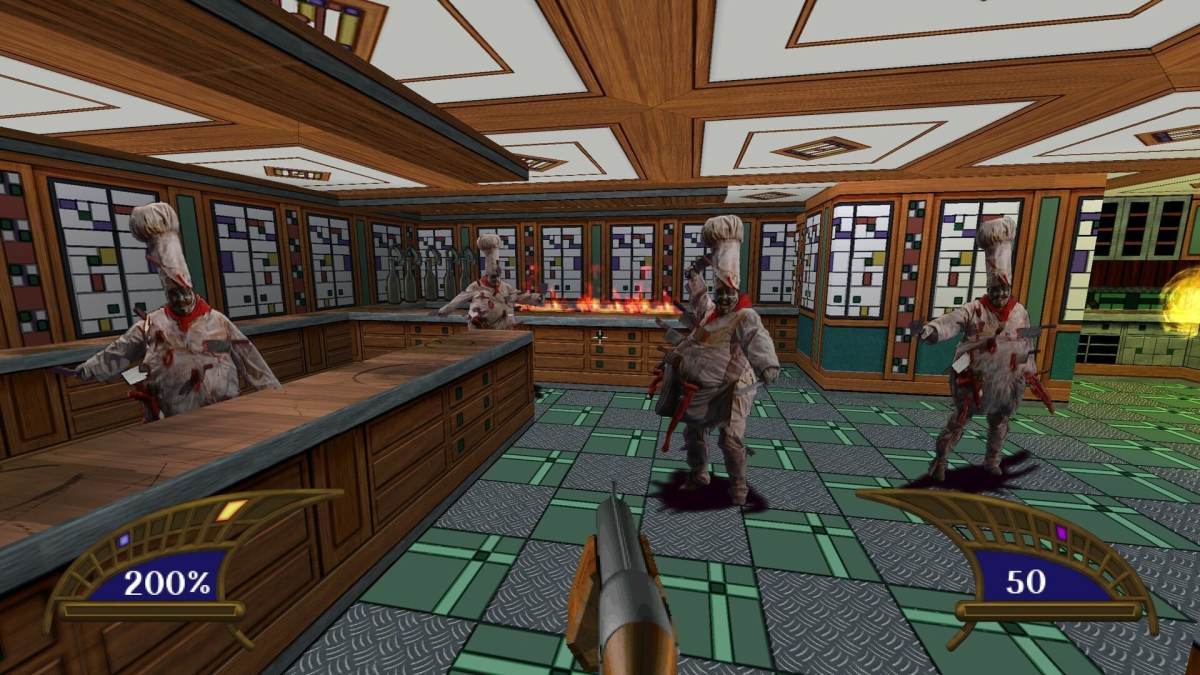
Having played games like Wolfenstein, Doom, and Quake alongside his father growing up, Groom expressed an understanding of the value of these older titles, and just how much impact they can have on individuals, and entire lives. Without them, he may not have wound up at Nightdive at all.
Kuperman shared a similar experience with his own son, playing games like Turok – and then having that game become a bonding media between them. Many of the games chosen by Nightdive Studios for re-releasing and remastering have been inspired by these experiences, including games like Star Wars: Dark Forces. Preserving games in this manner isn’t only about the preservation itself, but about what this preservation means to the folks who played the original game.
It’s about recapturing the spirit of games, and allowing a new generation to experience the same joy, intrigue, and engagement that their original player base shared.
How to remaster a classic video game
Through remasters, Nightdive and Ziggurat are able to preserve slices of history, one game at a time, and not only preserve these games, but provide them back to players in an accessible form. It’s not the only way to preserve a game, but it’s certainly a method that serves keen players, and keeps “lost” games publicly available.
It’s a process that takes time, and requires a high degree of care – and there are many obstacles to success that largely stem from historic game development practices. One of the biggest hurdles to overcome is mismanagement around rights and contracts – and it’s here where Nightdive begins its remaster and game preservation process.
“Step one is finding out who owns the rights, which is not always a trivial matter,” Kuperman explained. “Sometimes those rights are unclear. Sometimes, you take a look, and well, the game was distributed by such and such a company. Did they own the game, or did they have publishing rights only? Who else was involved in it? You get scenarios with who owns the music, who owns the voice, and so there’s a certain amount of complexity to that.”
A deep research process is necessary in this search, and this leads to even more questions. Once teams figure out who owns the rights, there’s a process of discussing licensing, and whether rights owners are interested in that. Then, it’s the matter of the most important part – is the source code still available? What assets are available? Can the game be reverse-engineered from the ground up? Can it be emulated?
If the answer to this complicated questions is yes, only then may contract negotiations begin.
Afterwards, it’s a matter of determining what to do with the game – how much work it needs, what should be improved, what can be included or fixed, and how it should be released. There are elements of the Ship of Theseus in these discussions, as a remastered game is a changed game. Is it still technically preserved, if it’s been improved or re-developed since its original release?
How much should you change a classic game?
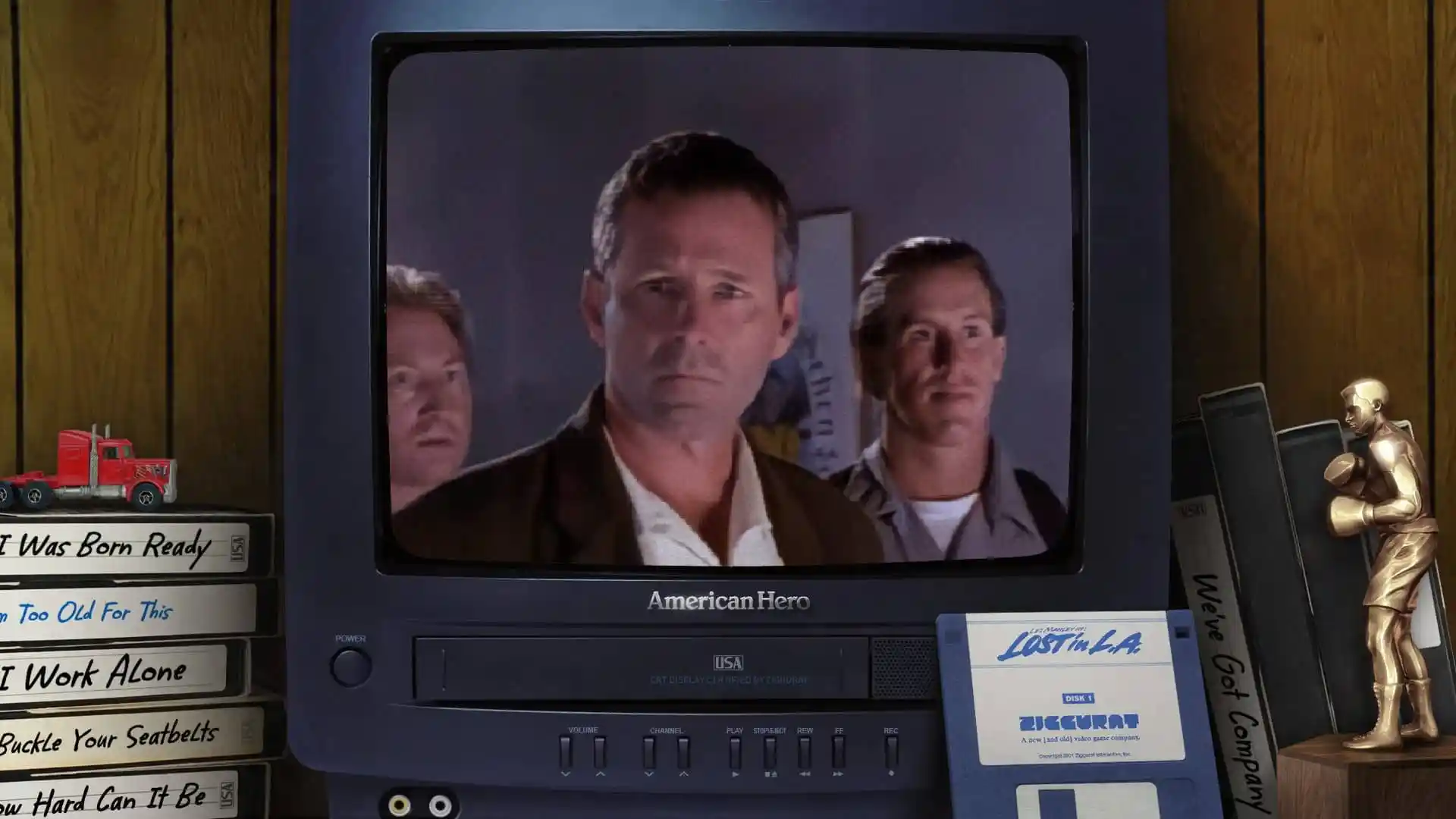
“We have a single golden rule,” Kuperman said of this process. “It should play the way you remember the original gameplay, and we repeat that over and over again – to bring back that feeling. There’s the technology on it, optimising images. There’s not changing other things, leaving a pixelated look here, but changing it there. The overarching idea behind it is that it should recapture that wonderful experience that one had playing it for the first time.”
Generally, the Nightdive and Ziggurat teams are given free rein to improve and tweak these classic games, with the understanding that care and attention is the priority. The reality is that many older games need some “TLC” to have them run smoothly and feel good on modern devices, and so change becomes an inherent part of game preservation.
When remastering Shadow Man, Nightdive went one step further – it was able to add in a level that was included in the source code, but was not accessible in the final release, due to resourcing issues.
“It was a substantial level,” Kuperman explained. “The developers [Acclaim Studios Teesside] ran out time and money, and we not able to put that into the original. [Nightdive] completed and put that into the remaster. And for those people who knew that, it was considered something that was a tremendous accomplishment – that we were able to finish this, were able to carry out the intentions.”
Read: NFSA teams up with US and UK bodies to analyse the state of game preservation
By adding to this game, Nightdive was able to preserve it in a way that honoured and expanded on the original developer’s intentions. But as Kuperman says, the option to switch off these additions, and to preserve the game as people remember it, is also important to consider.
“We are acutely aware that if we put something in that changes the game, that makes it better to us, we should also have the option to play without that,” Kuperman said.
In the re-release of Killing Time, new visual options for fog were implemented by Groom, adding to the game’s field of vision, and improving its overall gameplay. This is a new feature, and it allows the game to be re-evaluated and re-appreciated by modern audiences – but the option to turn it off, and re-experience the game as intended is also available.
In the case of the re-release of BloodRayne: Betrayal, Ziggurat actually added voice acting to enhance the original game. At the time of release, the original developer, WayForward, “didn’t have the capacity” to add this feature.
When remastering and re-releasing Inter-Active Productions’ unreleased Full Motion Video (FMV) game American Hero, Ziggurat was dealing with an incomplete vision. But in researching bootleg and prototype versions of the game, and collating details from design documents and the original footage, it was able to re-create the game, releasing it officially as the developer intended.
“There were bootleg copies of the prototype demo version that had been circulating at Atari Jaguar CD meetups for decades,” Lotz said. “We took the original footage that we could find, and we took the original design documents and the script for voiceover that was never recorded, and we recorded the voiceover with Timothy Bottoms, who was in the original, and then made the most complete version of American Hero.”
The “original” version of American Hero could not have been preserved in its historically-accurate form. But in collating its history, the Ziggurat team was able to create a monument to its vision, and allow modern players to experience it as intended, understanding that the context of when a game is played changes its nature, as much as how it’s played and experienced.
Lotz believes a restoration of that nature wouldn’t have been possible without ample design documents that had, with great foresight, been preserved. While American Hero is not considered a seminal game by any stretch, it reflects a unique and innovative time period within the games industry, and is a core text in the development of FMV games. As a form of media that crosses the film and video game interactivity barrier, FMV games are fascinating pieces of entertainment history, and we can even see their influence and legacy in more modern games, like Alan Wake 2.
In discussing the design documents used to resurrect American Hero, Lotz brought up an important point: that not only is preservation of a game itself essential, but so is preservation of its documents and ideas. These documents may reveal historic innovations, or changes from the original plan, while detailing just how much thought and care goes into the creation of each video game.
“If you think the behind the scenes footage of stuff that you see on DVDs for films is interesting, the stories you hear from game studios are just as fascinating – if not more so, because of the nature of the technical and creative problems, the constraints,” Lotz said. “The stories of games are worth preserving, [and] the stories of their development [are the same].”
It’s why on releases from Nightdive and Ziggurat, you’ll often find additions in the form of concept art and snippets from design documents that reveal the imprints of human hands that have defined each re-re-released game.
The future of game preservation, and the understanding of art
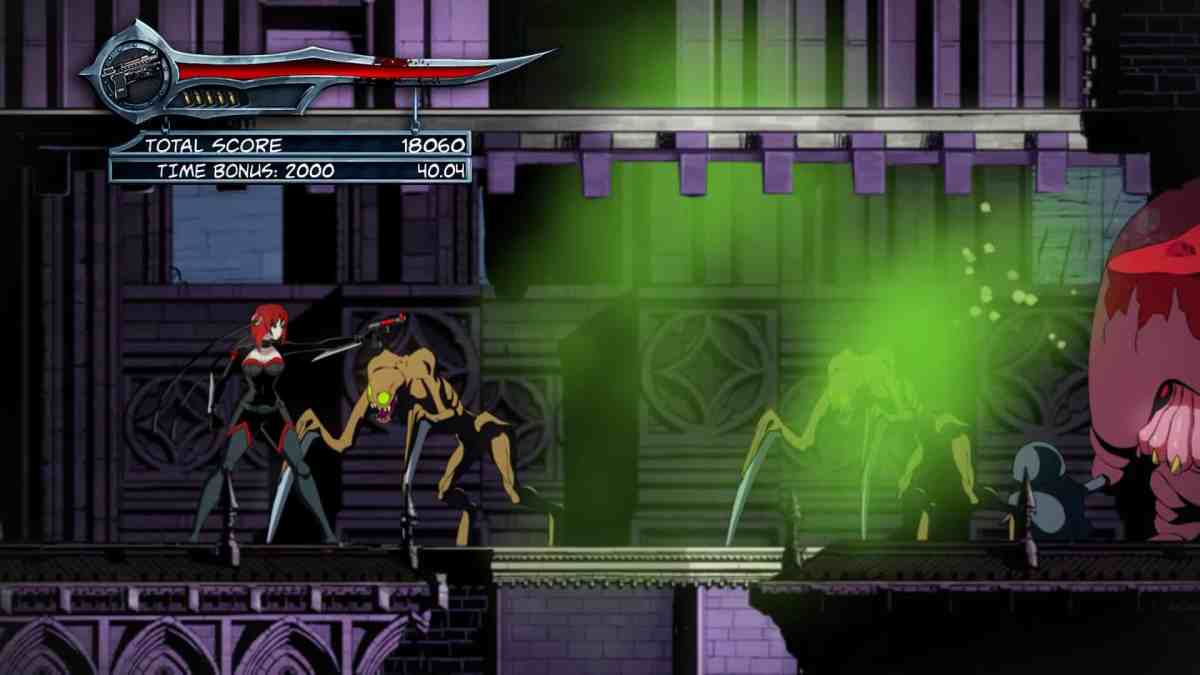
As we head towards a future where video games are better understood as being important cultural artefacts, game preservation practices are slowly changing. As Kuperman described, more studios are preserving their work as games are developed, with the understanding of their history and their potential for remastering in future.
He, as well as Lotz and Groom, agreed that more still needs to change, and that as well as studios, public institutions and media must do more to save video game history while it’s still around. According to Lotz, for one of the games released by Ziggurat, the only way they were able to obtain the source code was due to a donation to the The Strong National Museum of Play, in a magnetic tape format.
“We’re at an inflection point, in terms of history,” Kuperman said. “Because preservation is not just preserving the games, it’s not just preserving the concepts. It’s also preserving the thoughts and feelings of the people that made the games.”
As Kuperman points out, because games are still a relatively new art, we still have access to the people who made those games, and their stories. The pioneers who created the video games industry are still alive – and they still have stories to tell.
“That situation won’t last forever,” Kuperman said. “As we get the stories about how five guys working for a shareware company created the gaming industry, we start talking about those things – they’re still here. It’s [our] responsibility to go and get that stuff, so that is preserved as well.”
In talking to developers, building on their vision, and re-releasing their games, Nightdive Studios and Ziggurat are attempting to honour and preserve that history, in a form as approachable as possible. Kuperman believes that with evolving understanding, and new technology, the process for game preservation is becoming simpler, and much more accessible.
We have no more excuses.
There is a better future on the horizon – one where games can be preserved with the love and care they deserve, and where teams like Nightdive and Ziggurat can proceed with more helping hands. In their own way, these studios are doing what they can to uphold the legacy of the games industry, and pay homage to its deep and winding roots.
We must all do better to keep that history intact, and preserve what we can for the future.
